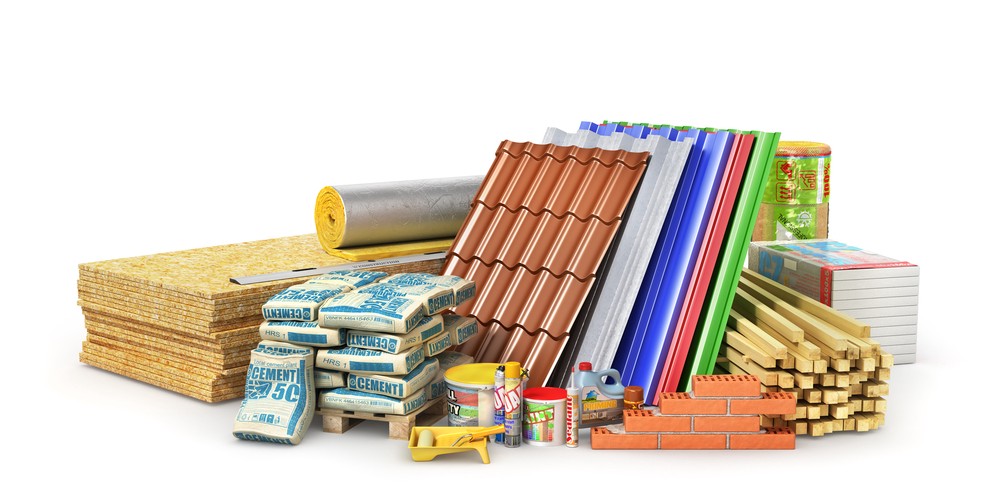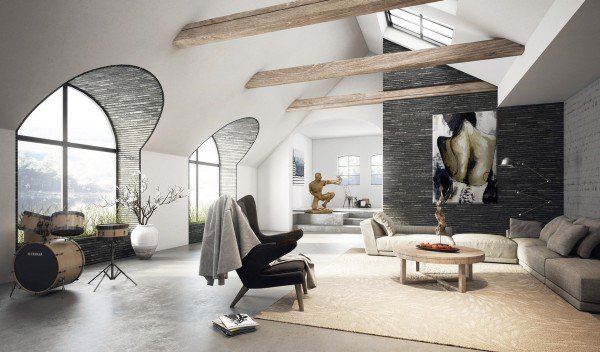Composites are some of the most popular materials in the construction industry. Many praise it for its advantages and many applications. But what are composites? When did people start using it? And what are its uses in the construction?
What are Composites?
Wood-plastic composites (WPC), or also called composites, are synthetic products manufactured from plastic and wood fibres. The ratio of wood to plastic varies depending on the manufacturers. To create composites, manufacturers either use extrusion or compression moulding.
Many also consider composites as a greener alternative to wood, owing to manufacturers using mostly recycled materials, and some companies even use 100% recycled materials. Some varieties of composites can even be recycled and turned into new composites.
Today, many use composites in various ways, especially in the construction industry. Owing to its many advantages, it has become a staple in many construction projects. But when did it all begin?
When Did It All Started?
While it can be new to most people, the concept of mixing wood and plastic fibres to produce materials can be traced back as early as the 60s. During the late 80s, an American Company started to manufacture composite panels through extrusion using Polypropylene and wood fibres. Its use, however, was limited to automotive interior panelling.
However, starting in the 90s, composite production underwent impressive growth. Many companies ventured into creating wood-plastic composites using different plastic polymers to create tables, boards, and flooring materials. Various companies joined the market and tried using varying methods to improve composites.
Naturally, composites weren’t as refined as today. The first generations of composite are not as water-proof or durable as the ones we use today. But with technological advances, along with the cooperation of experts and companies, composites greatly improved. The inclusion of minerals and organic fillers in the creation process produced more durable, water-proof, and fade-resistant composites. Even today, many companies continue to refine their products, contributing to the ever-increasing market growth of composite decking brands materials.
Construction Industry Applications
There are various applications of composites in the construction industry, due to its versatility. Here are some of the most popular uses of composites in construction.
- Hardscaping – Building composite decking is one of the most popular applications of composites. Because of their appearance and durability, they are some of the best materials to use for decking and other hardscaping purposes.
- Landscaping – Composites have various uses in landscaping as well. Aside from being used as landscaping lumber, many companies manufacture flower pots and planter boxes out of composites.
- Cladding – Composites are perfect for cladding or siding, due to its aesthetic appeal and resistance to weather. Some of the most effective weatherboards are also wood-plastic composites.
- Railing and Fencing – Due to its durability and high density, composites are often used to make fences, railings, and stairs, both indoors and outdoors.
- Roofing – Because composites are resistant to both moisture and high temperatures, many use it as an alternative to wood shingles.
- Decorative Trimming – Composites can also be used as fascias, skirting boards, and other indoor and outdoor trimmings.
- Doors and Windows – Aside from their aesthetic value, composites are also thermally efficient, making them excellent materials for windows and doors.
- Infrastructures – Composites also have many uses in general construction purposes. Composite boards, posts, beams, and moulding are produced for various applications.
- Furniture – As an alternative to wood, many use composites to create furniture, from chairs, tables, to kitchen counters and bathroom cabinets. Composite materials are also used in crafting outdoor furniture due to its high weather resistance.
Aside from the construction, composites also have various applications in different industries. For instance, they are used to create panels, trims, and flooring for automotive purposes. Pallets, cutlery, instruments, reel cores, among others, also use wood-plastic composites.
Advantages and Disadvantages of Composite Materials
So what makes composites popular, even outside of the construction industry? As a wood alternative, composites boast many advantages. Here are some of the best of them.
Durability and Long Lifespan
Composite materials can last for decades due to its superior durability, as much as twice as long as ordinary wood materials. Composites, especially the capped varieties, are more resistant to wood-related problems, such as moulds, moisture, and rotting. Wooden boards are also susceptible to cracking and splintering. Composites, on the other hand, are denser and stronger, which reduces the risk of encountering such issues.
Low-maintenance
Since composites are water-proof materials, any object or structure made out of it is relatively easier to maintain than one that is constructed out of wood. For instance, wooden decking is notoriously high-maintenance, requiring sealing, painting, and staining. Composite decking, on the other hand, requires very little maintenance with almost no upkeep cost.
Aesthetically Pleasing
Unlike any other synthetic materials, such as PVC, composite materials feature a more natural and wood-looking appearance. Because of this, they make excellent outdoor furniture, decks, and decorative finishings. Some even have unique patterns that resemble the grains of real wood.
Environmentally-Friendly
Because most composite manufacturers today use recycled materials for their products, there’s less demand to cut down trees. Many manufacturers also use plastic materials that could have ended into landfills, such as plastic bags and bottles. Some varieties of wood-plastic composites can also be recycled to create entirely new ones.
Naturally, composite materials also have disadvantages. But compared to other materials, it has very few. One such drawback is that composites are more expensive than wood. However, many agree that its advantages outweigh its disadvantages. It’s apparent by how much it is used in the construction industry today.






